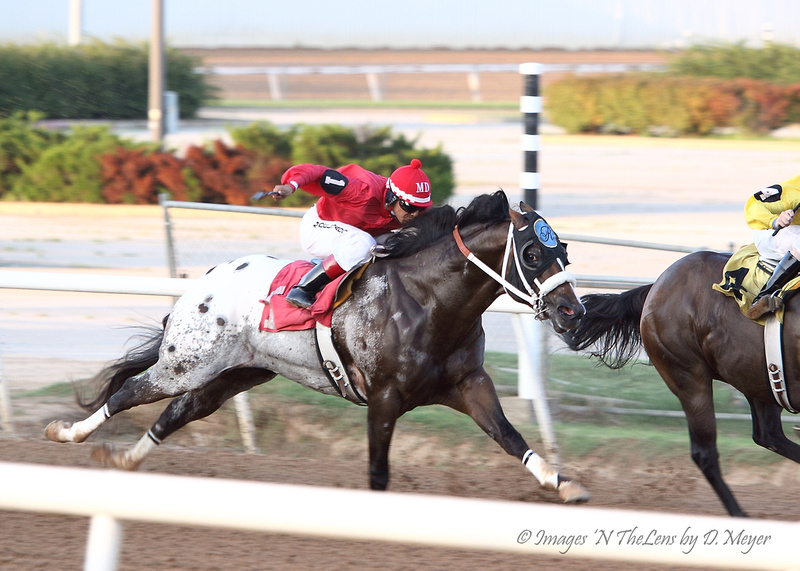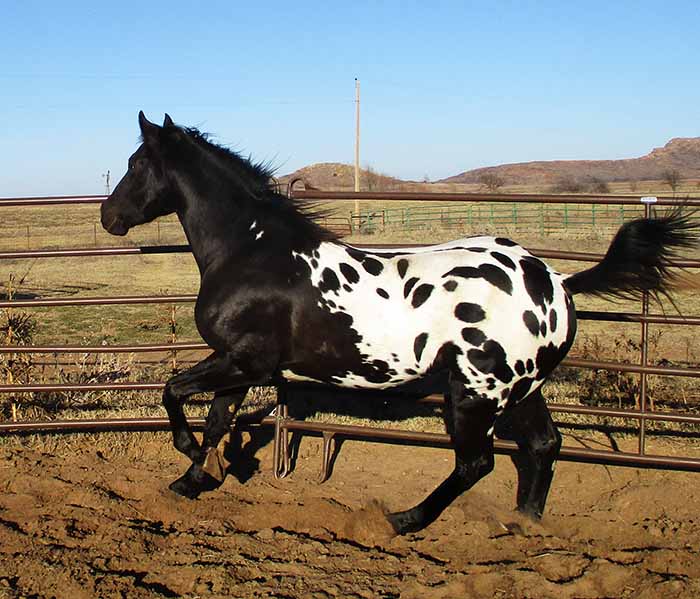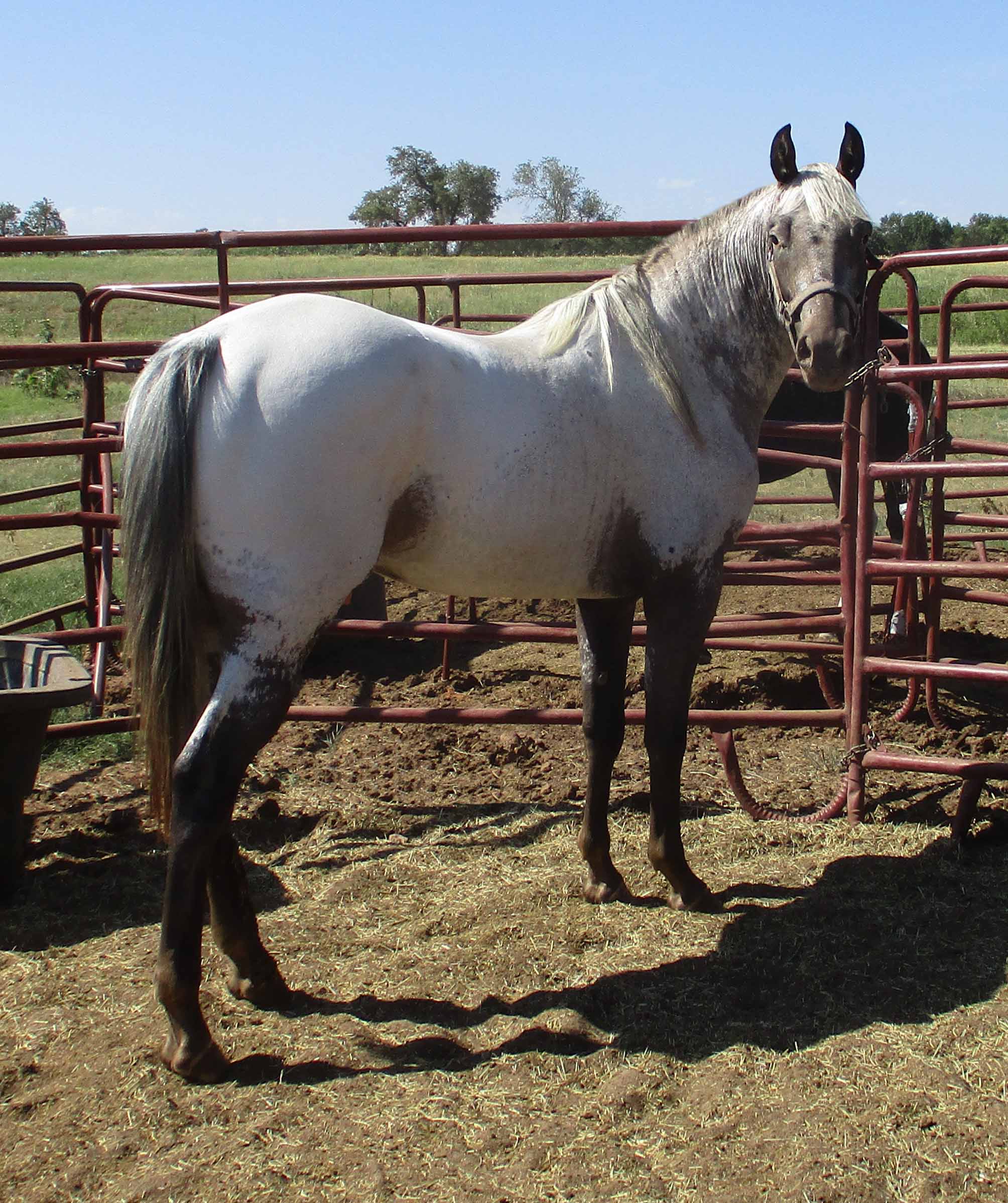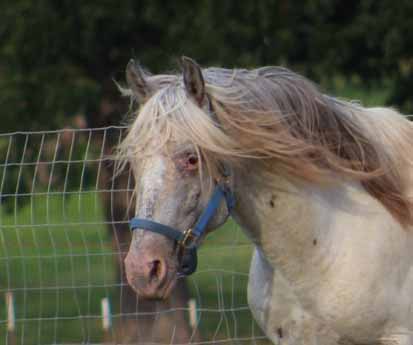Standing At Stud
IVORY KING


Sire- Ivory James AQHA si 103
by Corona Cartel si 97, Leading sire.
Dam- Sure Nuff Fast ApHC si 94
ApHC Hall Of Fame
Accredited
Oklahoma-Bred Stallion
(click photo for more info)
Famous Polkadots
2020 ApHC stallion

Homozygous Black
(click picture)
Accredited Oklahoma-Bred Stallion
His foals are Amazing!
He is NOT for sale.
A MILLION DREAMS
2021 ApHC Fewspot stallion


Ee Aa LPLP PATN1/n.
Sire- Ivory King
Dam- Sho Nuf Freckles
DSK Phantom Legacy
2019 ApHC stallion

EE aa LPLP PATN1/PATN1